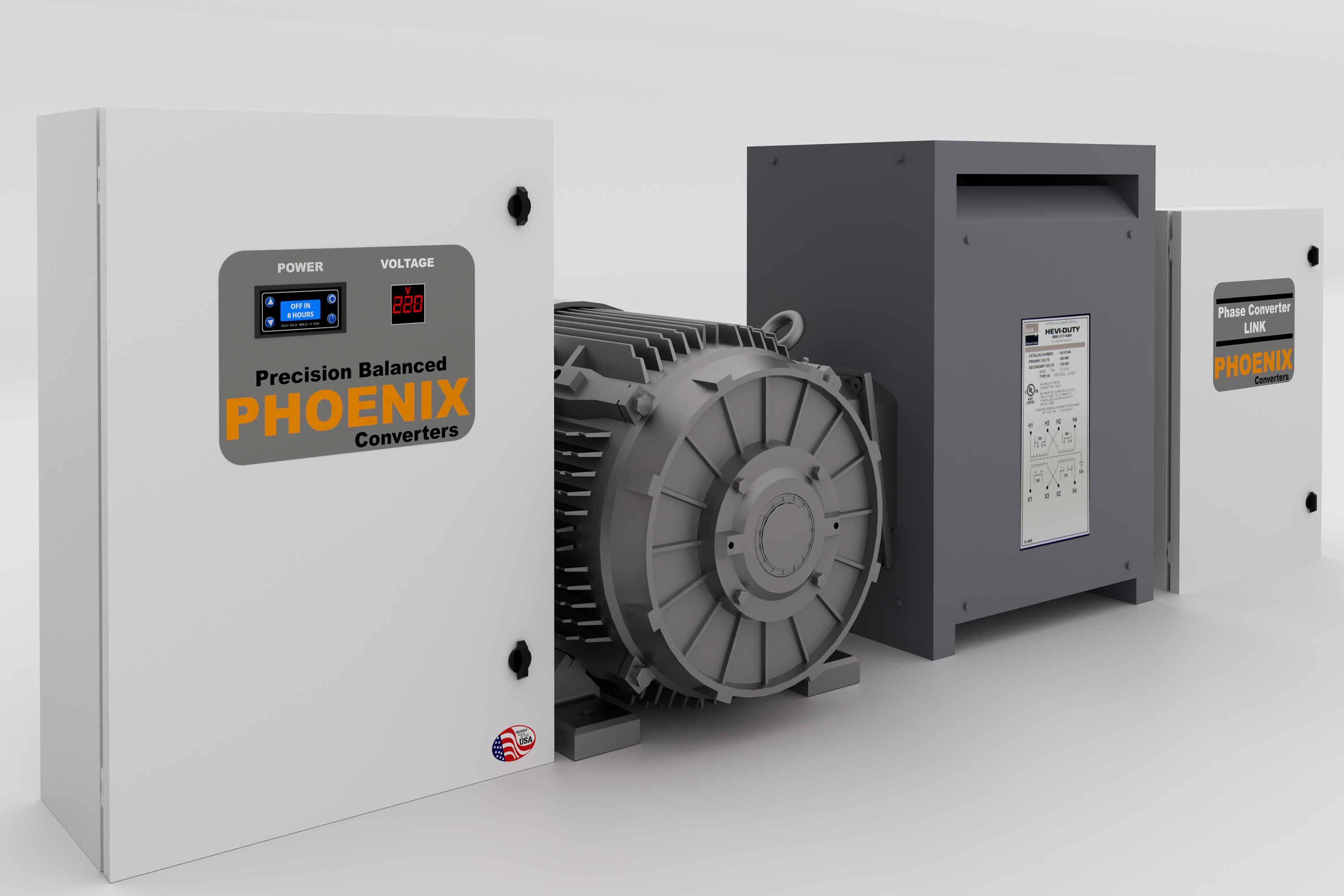Understanding Load Types for Equipment: Simplifying with Categories
When it comes to powering equipment, understanding the type of load it presents is crucial for selecting the right phase converter, ensuring efficiency, and prolonging the life of both the converter and the machinery. Load types can vary widely, from simple tools to complex industrial machines, each with its own starting and running power requirements. To simplify this, we categorize loads into five main types: Easy Loads, Medium Loads, Hard Loads, Very Hard Loads, and Resistive Loads. These categories help in determining the right phase converter size, particularly important when considering a Rotary Phase Converter for your machinery.
Load Categories Explained
Easy Loads
Easy Loads are characterized by their low inertia during startup, meaning they don't require a lot of energy to get moving. This category typically includes machinery that is more free-spinning and doesn't have a significant load when starting. Examples of Easy Loads are drill presses and milling machines. These machines start relatively easily because they don't have to overcome a lot of resistance or carry a heavy load when they begin to move.
Medium Loads
Medium Loads require a bit more energy to start compared to Easy Loads but still don't represent the highest demand on a phase converter. This category can include machines like lathes, which have some resistance due to their construction and the materials they work with, but once moving, they operate smoothly without excessive power demands.
Hard Loads
Hard Loads start to introduce a significant demand on the phase converter, requiring more power for startup due to higher inertia or resistance. Equipment such as air compressors fall into this category. They need a substantial amount of power to overcome the initial resistance and get the compressor moving.
Very Hard Loads
Very Hard Loads are among the most demanding on a phase converter, requiring a lot of power for both startup and continuous operation. An example of a Very Hard Load is a dust collector. These machines have a high startup inertia because they need to move a large volume of air from a standstill, which requires considerable energy.
Resistive Loads
Resistive Loads are a bit different from the other categories as they refer to loads that primarily use electrical resistance to operate, such as heaters and some types of lighting. These loads typically do not have moving parts and therefore do not have the startup inertia associated with mechanical equipment. However, they can still require significant power for operation.
Selecting a Rotary Phase Converter:
To demonstrate how load types affect the choice of a phase converter, consider a 20 HP (Horsepower) Rotary Phase Converter. This size is capable of handling a variety of loads, but the specific capacity depends on the load type.
When selecting a phase converter, it's important to consider not just the horsepower rating but also the type of load it will be supporting. The right phase converter will ensure that your equipment runs efficiently, with minimal wear and tear on both the converter and the machinery.
Conclusion
Understanding the different load types and categorizing your equipment accordingly is vital for selecting the appropriate phase converter. This knowledge helps in optimizing the performance of your machinery, ensuring efficient operation, and extending the lifespan of your equipment. Whether you're running a simple drill press or a heavy-duty dust collector, knowing the load type is the first step in powering your equipment effectively.
























